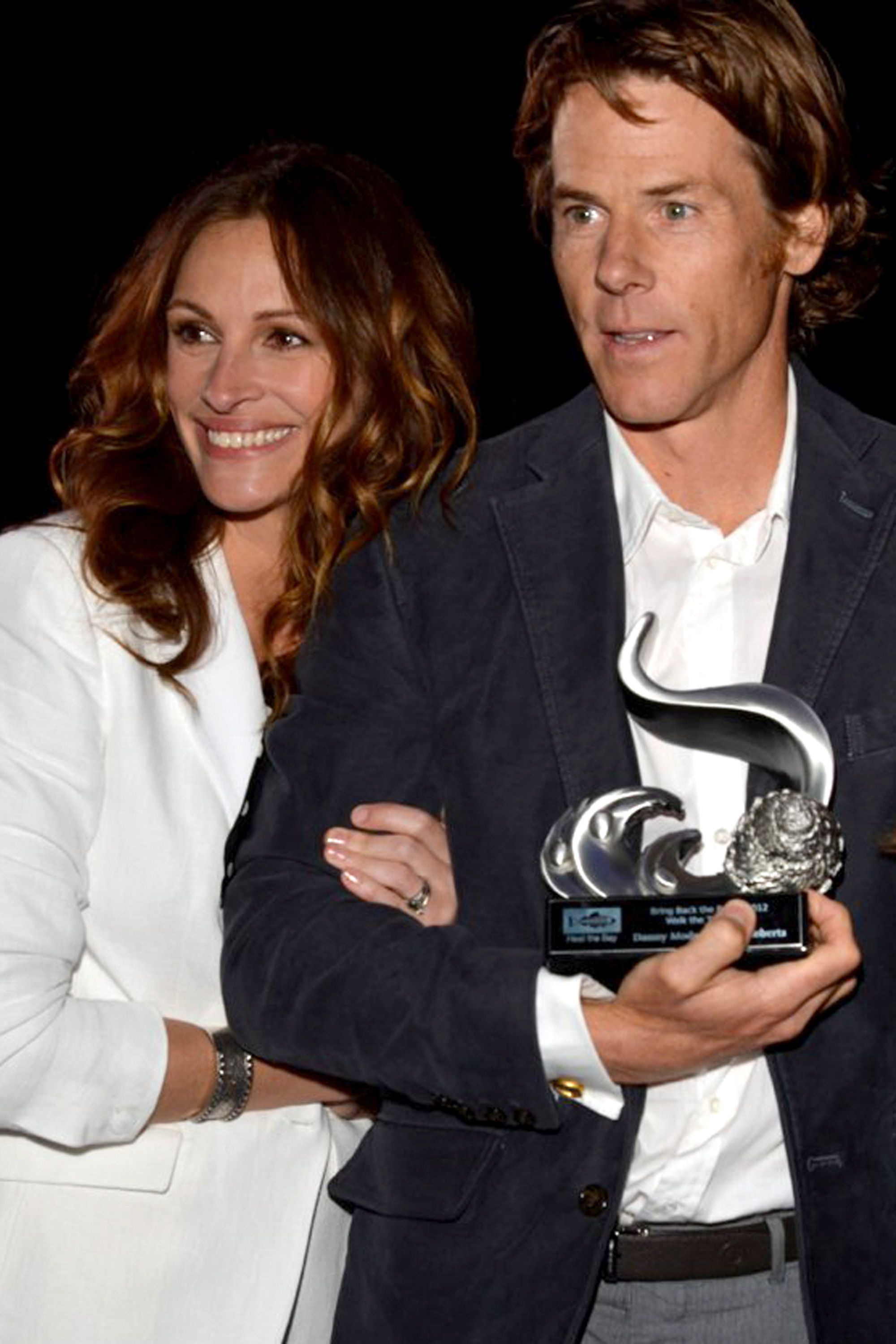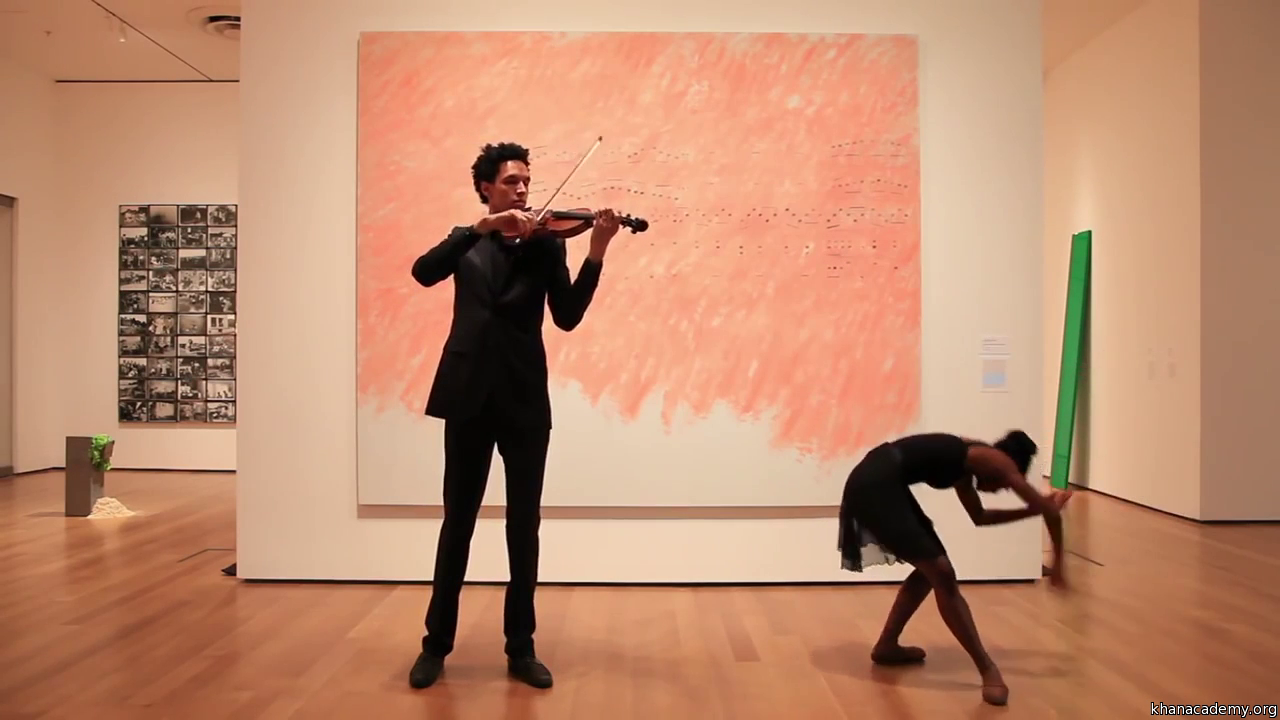
Generally, a culture is a shared set of values and beliefs among individuals. Some common examples of cultures include corporate culture and folk culture. Sociology defines culture as a set or beliefs that are shared by all members of a group. These beliefs and values form the basis of behavior, and help us make decisions.
Symbols
Sociology defines culture icons as objects that communicate a particular message. They could be physical objects or nonverbal means of communication. These objects can be shared to facilitate social interaction.

Rituals
Rituals are important for many cultures. They have many functions, including marking important life transitions and passing along cultural norms. Rituals are important for personal well-being. They can also help to heal illness and increase courage. They can also serve as effective tools to encourage community investment and personal growth.
Reductionism
Reductionist methods tend to concentrate on the smallest organizational units and spatial scales. Researchers can become overwhelmed by these approaches, which often make it difficult to formulate a basic hypothesis. A reductionist approach allows researchers to focus on a single component of the study and can reduce the study's scope.
Ethnocentrism
Ethnocentrism is a sociological term which describes the tendency in society to view the world only from one's own perspective. This can lead you to make incorrect assumptions about other cultures' behaviors and cultures. This can often manifest as a reluctance or a refusal to try other cultures' food and culture. Sociologists aim to see cultural differences as equals and not as inferior. We can therefore challenge our biases and learn more about different cultures.
Evolution
The evolution of culture is an important subject for sociology, and the study of culture can be useful in analyzing the various facets of human society. The study of culture can be described in many ways. However, there are two distinct meanings to the term: cultural and social. Darwin defined culture, for example as "a system or inherited variation" that changes over time because of different directional factors. A society can be thought about as a group with its own patterns of cultural diversity.

Comparisons
While the differences between cultures are striking, there are also commonalities. One of the most prominent examples is the family unit. It is recognized in all human societies. It regulates sexual reproduction and the raising of children, among other functions. The family unit differs from culture to culture, but it is common for all generations of a family to live together in a single household.
FAQ
Why is pop music popular?
Pop music is loved because it is enjoyable! Pop music can make you feel happy and give you a feeling of freedom. People listen to pop music and can think about nothing but themselves. They don't have to worry about what other people think. Pop music is so beloved because of this. People love songs that make them happy. Turn on the radio to hear upbeat music if you're feeling low. You might even find yourself singing along. Pop music has been a huge success over the years.
What are the examples of pop-culture in 2021
The 11th of September 2001 saw the destruction of two airplanes that were hijacked and crashed into New York City's Twin Towers. This day would be called 9/11.
The events of this day have impacted popular culture and continue to do so today. The event can be seen in many ways as it has influenced our lives.
Television shows and movies such 24 are examples. United 93 tells the story behind what happened on the flight to Los Angeles from Boston on September 11. This includes books such as The Forever War by Dexter Filkins.
We all recall our exact location when we first heard of the attacks. Some people got out from bed to go outside. Others watched the TV or read newspapers.
Pop culture is always changing. It is an expression of society and a source of inspiration. How will pop culture evolve in the coming year? We don't know yet. All we know is that it will be different than it was before.
Are Tik Tok and its pop culture?
The answer is yes! It's not just for teenagers anymore. Anyone can use these short videos to show how they feel, express themselves, and share life moments with friends.
The app is used daily by more than 200 million people around the globe. Each day, the number of users grows by millions.
TikTok provides a fantastic opportunity for brands and consumers to build meaningful relationships.
TikTok also has many influencers that have built huge followings. These creators create original content that engages audiences across the globe.
So, what are you waiting? Here are four ways you can take advantage of this trend.
-
Create viral content
-
Engage Influencers
-
Use Visuals Effectively
-
Be creative with your audience
What does pop culture teach us?
Today's society values material possessions over all else. This is especially true with young people. They spend hours every day looking at screens. They are addicted to video games, movies, and surfing the web. All of these distract them from the task at hand, which is to complete school work. As a result, they end up failing classes.
It is a world where everyone wants in. That means being popular. Popularity depends on having money, clothes, and other possessions. Some people do this by doing things that aren’t right.
Technology has made us dependent. We now have access to all types of information thanks to technology. Not all information is correct. False rumors are floating around the Internet. These rumors spread fast because people share them on social networking sites. It's easy and quick to post something without verifying whether it is true.
People have lost the ability of thinking critically. They believe everything they read on the Internet. They believe everything they read in magazines and on television. They stop thinking for their own sake. They follow the crowd instead.
When we rely on others to tell us what's happening, we lose control over our lives. Pop culture encourages us to rely on others. It can also make us lazy. The truth is out there, but we don't always find it.
What can I do to use pop culture in my marketing strategy
It is important to study the trends to see how pop culture can be used in marketing strategies.
Let's say, for instance, you wanted to promote a movie. What type promotion could your company run?
You can create a trailer by using clips from your film. You could even find a clip with one of your products or services that you can use in the video.
Maybe you could even make a parody using footage from other films.
You can use the movie's plotline as a basis for your promotional campaign, if you are promoting a product/service related to that film's theme. You might promote a product that can help astronauts remain healthy while in space.
You could promote your business based on the movie's storyline if it was connected. You could, for example, offer food samples to customers who purchase tickets to the movie.
What is popular culture in the world of music?
Popular Music Culture can take many forms.
Popular music culture is defined by its use of certain styles of music (e.g., rock, jazz) and lyrics. It also includes the impact of visual media such as television, fashion and advertising on artists' careers, as well as public perception.
It's also the way that fans interact with their favorite musicians.
One aspect of popular music culture is the rise of "superstars," artists who have achieved fame, fortune, and status for themselves.
These legends transcend genres and are cultural icons. Their success has influenced popular music's evolution.
Other elements of popular culture in music include:
* The rise of recording technology - from acoustic instruments to electric guitars and microphones;
* The inventions of the record player, the radio and other electronic devices.
* The dawn of rock 'n' roll;
* The introduction TV and film
* The birth of MTV/VH1;
* The creation and use of the internet.
Who first coined the term Pop Music
Frank Zappa invented it. He used the word pop music to describe his style of music.
He stated that he wanted to create music that appealed to everyone. His music is called pop music because of this.
Zappa also created the phrase "You know it's POP when..." which means that something is really popular if many people enjoy it. For example, Michael Jackson's Thriller album is one of the best-selling albums ever.
Zappa has a different definition of pop music than we do today. Pop music is today all music. But, there were only certain types of music that was considered pop back in those days.
Statistics
- For example, the term hater meaning someone who strongly undermines or criticizes others, often due to pathetic jealousy, likely emerged from hip hop culture, such as the term playa hateras, used by influential rapper Biggie Smalls as early as 1995. (simplicable.com)
- Yet a Nielsen study shows they account for 42% of the country's most-watched content on streaming services. courtesy Nielsen (npr.org)
- Recently, the market share across Western Europe has ranged from 60-75% (Hopewell, 2013). (socialsci.libretexts.org)
- According to Dictionary.com, popular culture, or low culture as it is sometimes referred to is comprised of the “cultural activities or commercial products reflecting, suited to, or aimed at the tastes of the general masses of people” (7/21/19). (socialsci.libretexts.org)
- Latinos represent roughly 19% of the U.S. population. (npr.org)
External Links
How To
What is pop culture and how does it relate to movies?
Popular Movies Culture involves all aspects of entertainment - including books, magazines, newspapers, television programs, websites, blogs, social media, apps, games, and more.
Movies can be categorized into several types: comedy, drama, horror, action/adventure, fantasy, science fiction, romance, thriller, war, documentary, animation, and westerns.
Movie plots generally follow a pattern of predictable events that conclude with a satisfying resolution.
The success of a movie will depend on its ability to follow this formula.
Here are some common plot points:
-
The protagonist must overcome all obstacles to achieve their goal.
-
The antagonist opposes the protagonist throughout film.
-
A moral dilemma that requires the protagonist's to make a decision.
-
The twist that ends all.
You may have to reevaluate the outline or concept of your story if it doesn't fit within one of these categories before you start writing.
Pay attention to these questions:
-
How do I establish my setting?
-
What does my protagonist want?
-
Why should readers care so much about my story?
-
Where is my story going?
-
Who is my main person?
-
Are there going to be any conflicts?
-
What is the climax of this story?
-
What's my resolution?
-
Is the ending happy?
-
Do I have to introduce new characters
-
Do I have multiple settings in my story?
-
Are there subplots available?
-
Are there major themes?
-
Can I tell a complete book in one chapter?
-
Are I effectively using dialogue?
-
Are my words clear and concise?
-
Does my vocabulary match the context?
-
What if I have used active voice, instead of passive?
-
Are there any spelling errors?
-
Is my grammar correct?
-
Are there too many adverbs?
-
Do you have any suggestions?
-
After I finish editing, what's my first impression?
It's not enough to write a good novel, it is also your job to get it published.